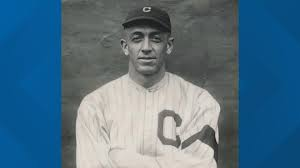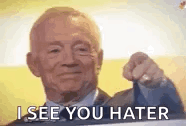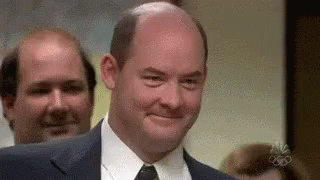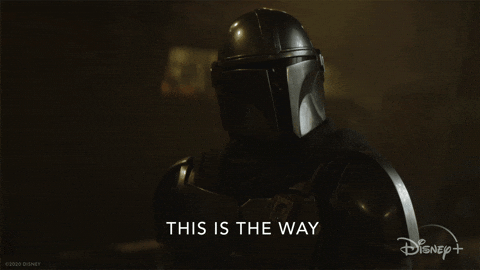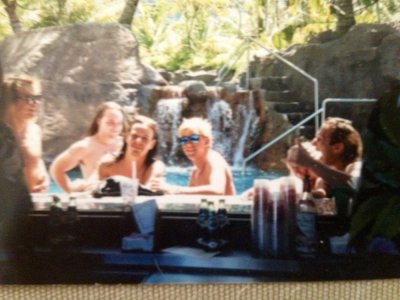AUG. 24, 1919,
Caldwell hit by lightning, and finishes game
Ray Caldwell puts on a Cleveland uniform for the first time. The weather is brutally hot but clear -- for now -- and none of the 20,000 or so fans at League Park has any idea that they're about to see something that defies belief. A story of desperation, terror, survival and redemption, all channeling through Caldwell over the next two hours.
Five years earlier, he'd had been regarded as a transcendent talent, perhaps one of the greatest pitchers ever, before drinking problems moved him to the outskirts of baseball. Cleveland player/manager Tris Speaker, in a push for the playoffs, wanted to give Caldwell another chance, which looks like a genius move this afternoon. Cleveland offered him a deal historians now say ranks among the most bizarre in baseball history.
The deal said that on game days, Caldwell was to pitch and then go get plastered. According to historian Franklin Lewis in his book "The Cleveland Indians," Caldwell was perplexed looking at the contract.
"You left out one word, Tris," Caldwell said as he looked at the document. "Where it says I've got to get drunk after every game, the word
not has been left out. It should read that I'm
not to get drunk."
Speaker smiled. "No, it says that you
are to get drunk."
Speaker then explained a very specific regimen Caldwell was to adhere to every week. On game days, he'd pitch and then perform his mandated drinking duties. He was then free to skip coming to the ballpark the next day and sleep off his hangover. But two days later, Speaker wanted him at the ballpark early to run as many wind sprints as the manager thought he needed. Three days after every start, Caldwell was to throw batting practice. Pitch, drink, sleep, run, BP, rinse and repeat.
Historians believe Speaker, a true innovator as a player/manager, thought Caldwell's talent was worth the strange risk, and that by giving him a free pass day of unrestrained drinking, Caldwell might be able to stay on track the other three days of a pitching cycle.
Players call Caldwell "Slim" because of his 6-foot-2, 190-pound frame and how he leverages every ounce of it to produce an above-average fastball and elite curve. But he mostly falls back on his devastating out pitch: one of baseball's best spitballs. The pitch is still legal, and Caldwell has incredible command on this day against the Philadelphia Athletics; the A's are flummoxed for two hours, managing four hits and a walk through eight innings.
But then the clouds roll in -- fast -- off Lake Erie. So he hurriedly toes the rubber as the rain picks up. He gets two easy infield popouts to open the inning. One more to go. Now the wind howls, the storm fully upon the field.
Just as he gets set, a flash from the sky explodes down into the middle of the field. Five seconds after the bolt hits the ground, everybody looks around. The eight Indians position players are OK, but their newest teammate is not. Caldwell is on his back, arms spread wide, out cold on the mound. The lightning strike had hit him directly.
Players rush to Caldwell, but the first man who touches him leaps in the air, saying he'd been zapped by Caldwell's prone body.
So everybody steps back and just stares. Caldwell's chest is smoldering from where the bolt burned it. They're terrified to touch him, and nobody does.
All of them wonder:
Is Ray Caldwell dead?
The answer was
, NO.
Ray Caldwell, not only survived............He got up and recorded the final out. Three weeks after getting hit by lightning and somehow finishing the win, Caldwell adds to his lore by throwing a no-hitter against the Yankees.

